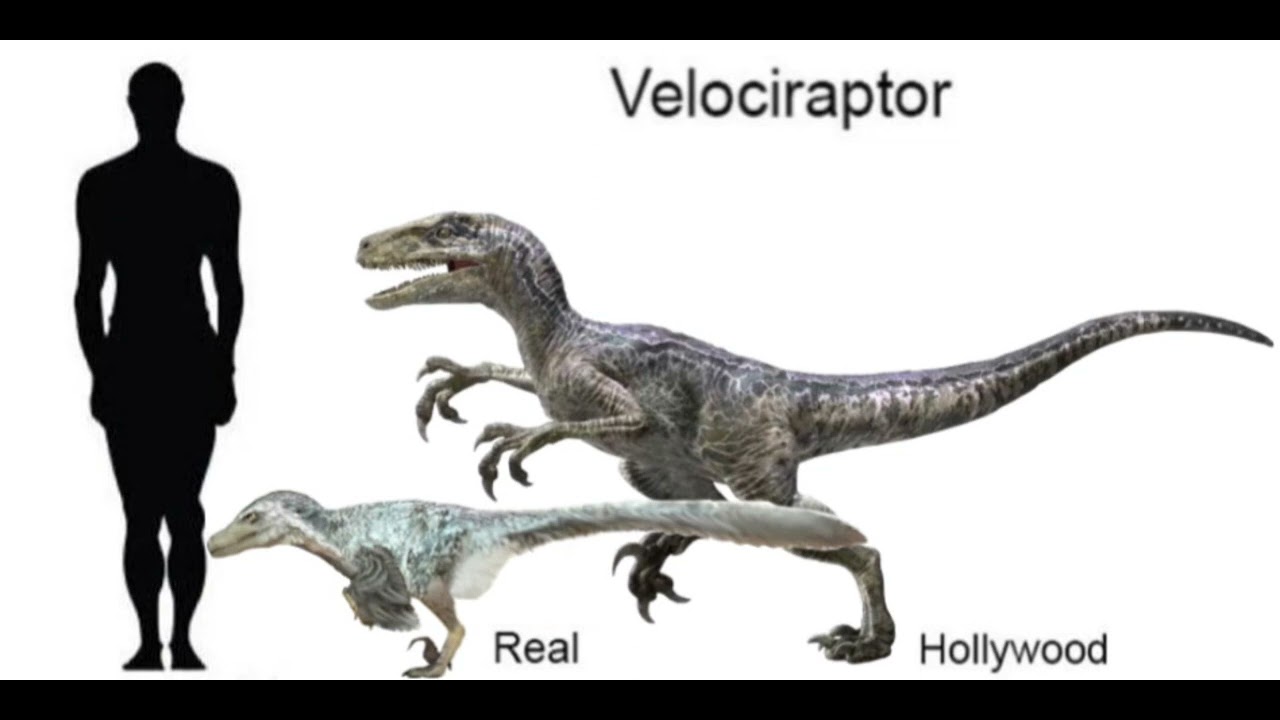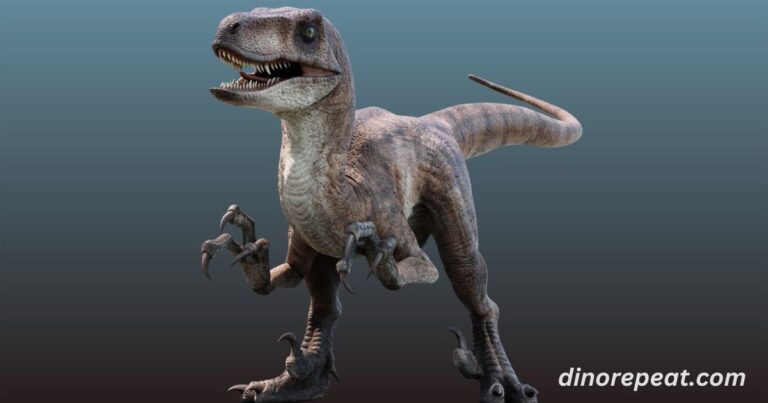
The Velociraptor has long intrigued both scientists and dinosaur enthusiasts alike. Known for its agility and cunning, this small but fearsome dinosaur gained iconic status in popular culture, often portrayed as a towering predator.
However, the actual size of the Velociraptor, particularly its height when fully grown, is more modest and far from the towering creature often depicted in movies.
This article explores how tall the Velociraptor truly was, shedding light on its physical dimensions and the fascinating aspects of its anatomy.
Table of Contents
ToggleUnderstanding the Velociraptor’s Height and Anatomy
1. What Was the Average Height of a Fully Grown Velociraptor?
Contrary to popular belief, the Velociraptor was not a towering predator. Fully grown, a Velociraptor stood around 1.6 to 2 feet tall at the hip, making it approximately the height of a large turkey.

When measuring its overall length, which includes its long tail, the Velociraptor reached up to 6 to 7 feet. This compact but agile frame helped it hunt effectively in its environment.
2. Why Was the Velociraptor Smaller Than Most People Imagine?
Much of the misconception surrounding the Velociraptor’s size can be traced to its portrayal in the media, particularly in movies where it is shown as a much larger, human-sized predator. In reality, the Velociraptor belonged to a group of small theropod dinosaurs known as dromaeosaurids. The species Velociraptor mongoliensis, the most well-known, was roughly the size of a mid-sized dog.
Key Features of Velociraptor’s Anatomy
Adaptations for Height and Agility
Although short, the Velociraptor’s body was highly adapted for hunting. Here are some of the features that made its small frame effective:
- Long, S-shaped Neck: The Velociraptor’s neck was flexible and allowed quick strikes, enhancing its ability to catch and subdue prey.
- Powerful Legs: Despite its small stature, the Velociraptor had powerful hind limbs designed for speed, allowing it to move rapidly and strike with precision.
- Sharp, Curved Claw: One of the Velociraptor’s most distinguishing features was the large, sickle-shaped claw on each foot, used for grasping and subduing prey.
How Scientists Determined the Velociraptor’s Height
To establish the Velociraptor’s true dimensions, paleontologists analyzed fossilized bones and skeletal reconstructions. The most reliable data comes from specimens of Velociraptor mongoliensis found in Mongolia’s Gobi Desert. By comparing these bones to those of similar theropod dinosaurs, researchers were able to estimate the height and length of the Velociraptor with reasonable accuracy.
How Velociraptor’s Height Affected Its Behavior
The Velociraptor’s small size was an advantage in its environment. Standing close to the ground allowed it to stay hidden in dense vegetation, giving it the element of surprise while hunting. The low stature also allowed it to chase smaller prey more effectively than larger predators.
How Does the Velociraptor Compare to Other Dromaeosaurids?
While the Velociraptor was small, other members of its family, the dromaeosaurids, varied widely in size. For example, Deinonychus was significantly larger, standing about 3 feet tall at the hip and stretching up to 10 feet in length. The Velociraptor’s close relatives, however, shared similar traits: slender frames, powerful hind limbs, and specialized claws.
FAQs About Velociraptor’s Height
- Was the Velociraptor taller than a human?
No, the Velociraptor was much shorter than a human, standing at about 1.6 to 2 feet tall at the hip. - What factors influenced the height of a Velociraptor?
Evolutionary adaptations favored agility and stealth, which kept the Velociraptor compact and close to the ground. - How long was the Velociraptor in total?
Including its tail, the Velociraptor measured around 6 to 7 feet in length.
Final Thoughts
The Velociraptor’s height may seem modest, but its anatomy and adaptations made it a formidable predator in its ecosystem. Though small in stature, it was a highly effective hunter, able to strike with speed and precision.

Understanding its true height gives us a clearer picture of its role in prehistoric times, showcasing the power of evolution in crafting creatures that excel in their environments, regardless of size. For more Velociraptor information check the dinorepeat.






